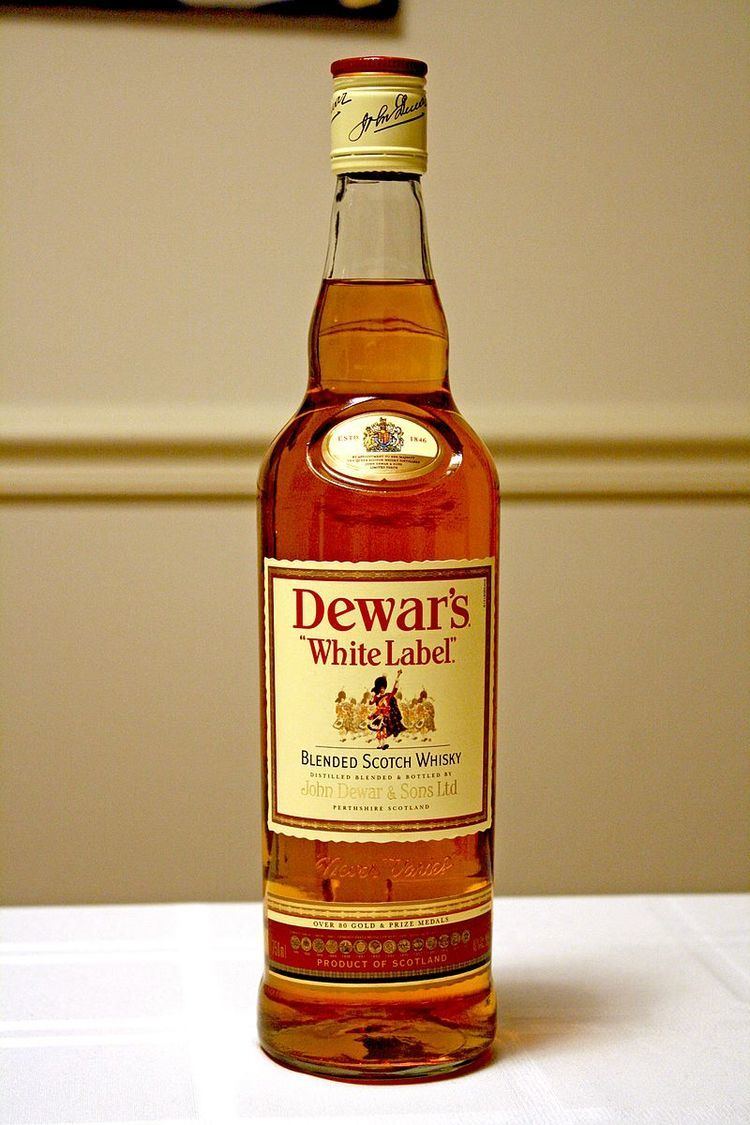 | ||
A fifth is a unit of volume formerly used for distilled beverages in the United States, equal to one fifth of a US liquid gallon, 4⁄5 quart, or 25 3⁄5 US fluid ounces (757 ml); it has been superseded by the metric bottle size of 750 ml, sometimes called a metric fifth, which is the standard capacity of wine bottles world-wide and is approximately 1% smaller.
History
In the late 19th century, liquor was often sold in bottles which appeared to hold a quart (32 fl oz) but in fact contained 2, 3, or 4 fluid ounces less than a quart and were called "fifths", short quarts, or commercial quarts.
A quart or one fifth of a gallon was a common legal threshold for the difference between selling by the drink and selling by the bottle or at wholesale, and thus the difference between a drinking saloon or barroom and a dry-goods store.
The fifth was the usual size of bottle for distilled beverages in the United States until 1980. Other authorized units based on the fifth included 4⁄5 pint and 1⁄10 pint.
During the 1970s, there was a push for metrication of U.S. government standards. In 1975, the Bureau of Alcohol, Tobacco and Firearms, in cooperation with the Distilled Spirits Council of the United States, proposed six metric-standard bottle sizes to take effect in January 1979 and these standards were incorporated into Title 27 of the Code of Federal Regulations. These sizes are 50, 100, 200, 375 (355 for cans), 500 (until June 1989), 750, 1000, and 1750 ml.
